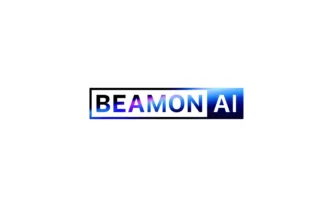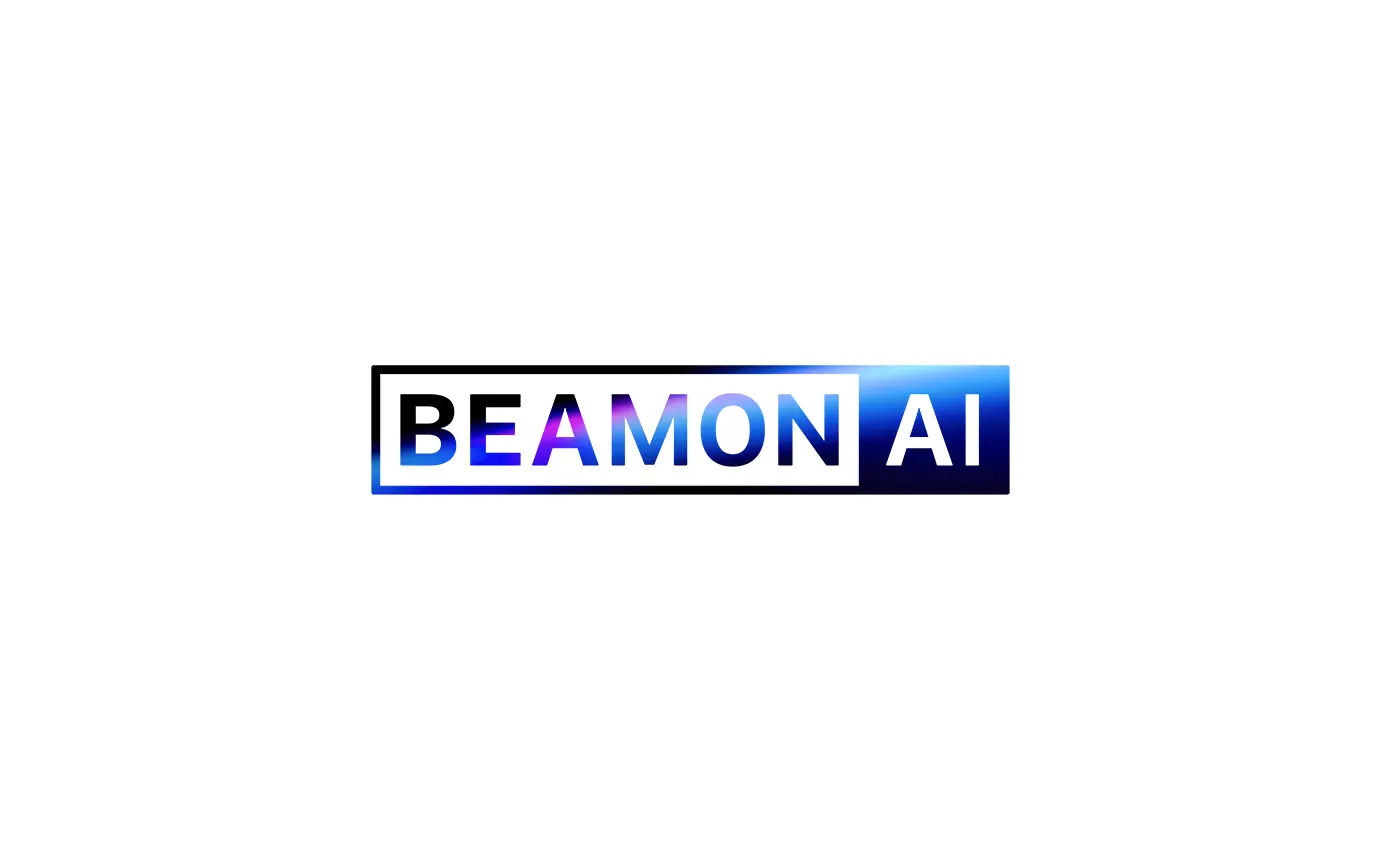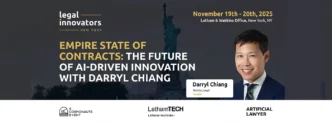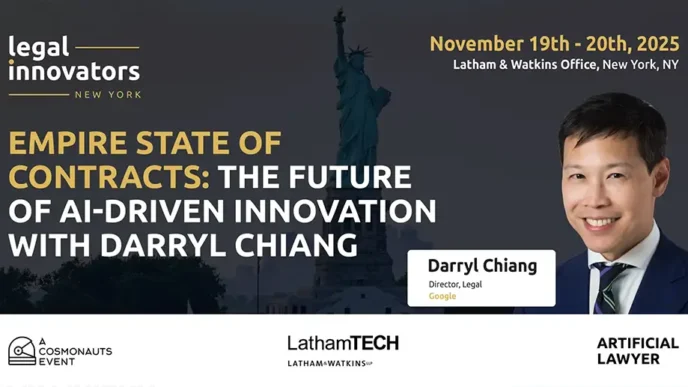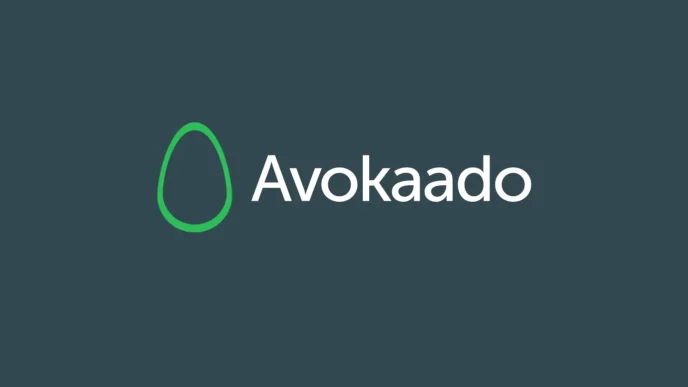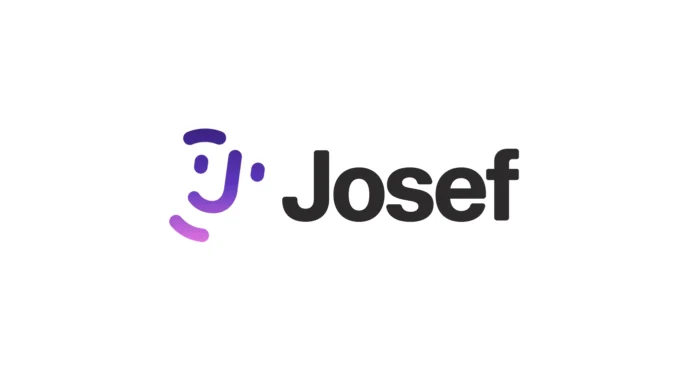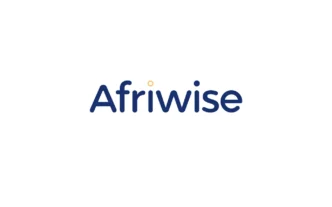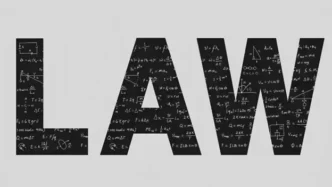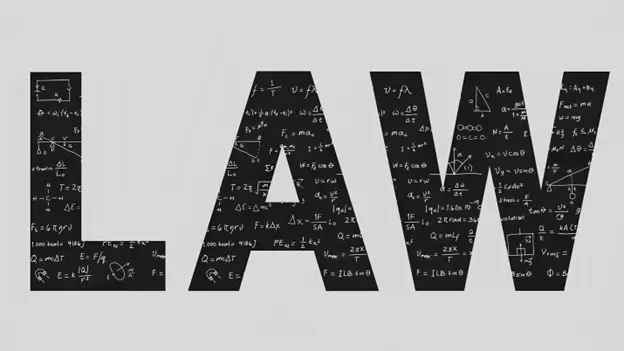What does it mean for AI to be useful in legal practice, and not just impressive? It’s a question The Legal Wire has asked more than once. In our recent conversations with platforms like Harvey and Uncover, we’ve heard founders describe tools that assist with research, summarize complex documents, and support the early stages of drafting. But BRYTER offers a slightly different response, one that begins not with output, but with workflow.
Founded with a focus on automating legal and compliance operations, BRYTER describes itself as a platform for “end-to-end” legal work. That term is often used loosely in legal tech, but here, it has specific implications: BRYTER combines its no-code automation engine with BEAMON AI, a suite of AI-powered legal tools launched in 2025 that includes intelligent drafting, clause comparison, redlining, contract extraction, and legal research tied directly to publisher databases like Otto Schmidt.
This isn’t AI in isolation. It’s part of a structure designed to help legal professionals move from analysis to decision, from document to outcome.
Most recently, The Legal Wire had a conversation with Michael Grupp, CEO of BRYTER, a platform that’s been around for quite some time.
Our first question to Michael concerned something that’s central to the platform: process.
TLW: Your approach is very process-centric, more than many others in the space. What made you prioritize connecting AI to workflows so directly rather than focusing only on language models or document analysis?
Michael: Lawyers value precision, control, and transparency, and rightly so. Generative AI brings remarkable flexibility, but it often struggles with delivering consistent, repeatable outcomes. That’s where our focus on automation—and particularly on workflow—comes in.
At BRYTER, we’ve always seen ourselves as an automation company first. And in legal work, automation isn’t just about documents; it’s about processes. Legal tasks follow a rhythm: read, analyze, write, review, approve. They’re structured. They involve handovers, compliance steps, decisions. So instead of building isolated AI tools, we’ve integrated AI into the broader workflow.
We start every project with a simple but powerful question: What problem are you trying to solve? From there, we work backward. What does success look like? What are the steps to get there? Then we let our users build the solution—step by step—with the help of our platform.
When you do automation right, you’re not starting with the features. You’re addressing pain points. And the truth is, most legal use cases are process-heavy. Yes, AI is powerful. But it’s a means, not the end. In some cases, reasoning is the key; in others, it’s structure, consistency, and execution that matter more. That’s why we prioritize embedding AI within workflows, because that’s how real legal work gets done.
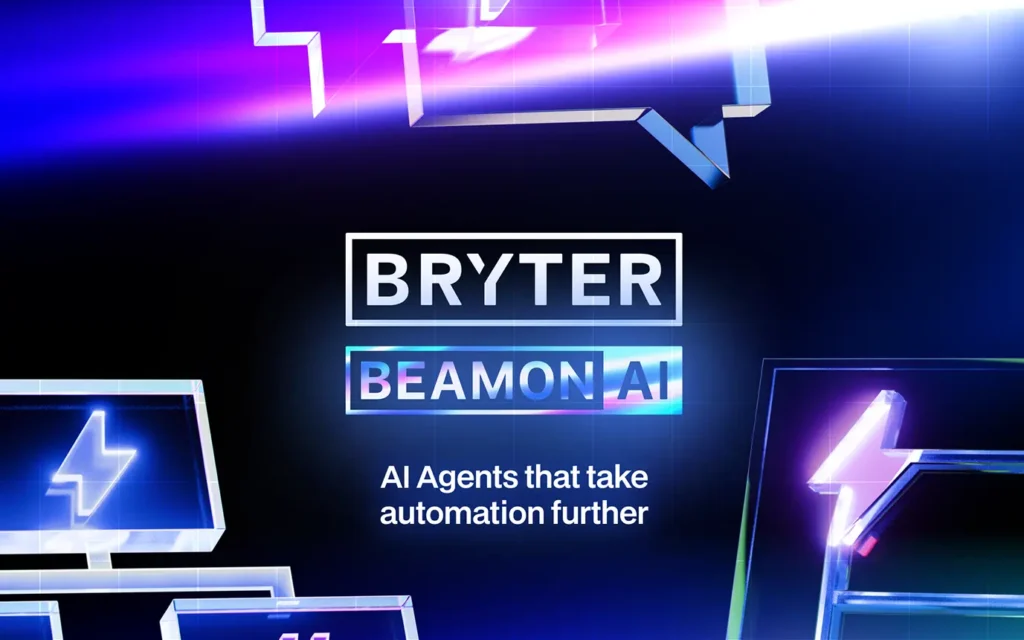
AI That Fits Within Systems, Not Outside Them
Legal tech companies often emphasize intelligence, speed, and precision. BRYTER certainly claims those qualities, particularly through its key features like Assist, Draft, and Extract. But what sets it apart is how these tools are embedded in a broader automation framework. Lawyers can move from contract review to triggering a follow-up approval, generating a report, or submitting a risk classification, all within one integrated system.
This is where BRYTER diverges from some of its peers. Harvey and others foreground the AI assistant itself, while BRYTER places the assistant within a predefined legal process. And there’s a benefit to this: The platform’s “promptless AI” and no-code interface allow legal teams to bypass the engineering layer entirely, making the technology both scalable and controllable.
As a lawyer, with various new and exciting tools at my disposal, but feeling most comfortable when interacting within those I have come to know over the past few years, I had to ask…
TLW: Some platforms prioritize output by, for example, giving lawyers a summary or a first draft. BRYTER seems more concerned with what happens next. How important is it, in your view, for legal AI tools to be designed with system integration in mind from the start?
Michael: Over the last seven years, we’ve built thousands of applications with our customers, law firms and in-house teams alike. And one thing we’ve learned is this: the last mile defines success. Whether a tool is actually used doesn’t depend on its capabilities alone, but on how well it fits into the real, often unique, working environments of legal professionals.
GenAI is powerful, no question. But when you start with the technology rather than the problem, you often end up with an 80/20 solution—something that’s impressive in demos but falls short in practice. Even GenAI-first players are beginning to realize that autonomous, agent-style assistants aren’t quite ready for legal-grade execution. They lack the control, auditability, and flexibility lawyers require.
We also see this reflected in the data: engagement with AI assistants clearly shows that one-size-fits-all doesn’t work. If people aren’t finding value, it’s often because chat alone isn’t enough to solve their real-world problems—within a team, a practice group, or a workflow. So naturally, they ask for more.
That’s why we believe the best systems are hybrid: use AI where it adds value, and integrate it into workflows that structure and drive the work. A workflow isn’t just a checklist—it’s a system that moves decisions forward with clarity, accountability, and consistency.
And when designed well, it scales what legal teams already do best. That’s how AI becomes usable, not just impressive.
Structure Before Style: A Different Kind of AI Philosophy
In a market that sometimes treats AI as the solution to everything, BRYTER’s emphasis on infrastructure feels almost contrarian. But perhaps that’s what gives it traction in enterprise legal teams, where workflows, audit trails, and regulatory checks are not optional.
Clients like McDonald’s, Telefonica, Deloitte, and Ashurst are using BRYTER to build compliance tools, manage litigation timelines, and automate contract remediation at scale. The product is especially suited for repeatable tasks that still require expert reasoning such as ISDA review, regulatory filings, or commercial contract intake.
Unlike platforms that focus on LLM performance or open-ended generative tasks, BRYTER’s AI capabilities are filtered through workflows defined by the user. This keeps the platform grounded in legal logic, not just linguistic sophistication.
TLW: You’ve spoken about “Actionable AI” as a differentiator. How does that framing shape product decisions, especially when compared to LLM-first companies or open-ended copilots now entering the legal market?
Michael: Great question. What we’re seeing now is that the future of GenAI – at least in legal – is increasingly “if-this-then-that.” Interestingly, the companies that started with GenAI-first products are now building the kind of workflow layers we launched back in 2019.
Building an AI Assistant platform today is not that hard, there are more and more competitors offering this. We built Beamon, our AI Assistant, in 18 months. But it only works because it’s built on five years of groundwork in automation. The sequencing matters: by starting with infrastructure, i.e. automation, logic, control, we were able to make AI truly actionable when we added it.
Beamon is not just a chat interface. It connects to real processes. Clients or colleagues outside of your team can send documents and information via portals embedded into their websites. Beamon then processes the content using AI. And it also triggers next steps: generating reports on firm templates, kicking off approvals, triggering e-signatures, or sending styled follow-up emails.
The power lies in this: Beamon doesn’t stop at insight. It lets you act. That’s what we mean by Actionable AI – AI that fits into systems, moves work forward, and supports real outcomes, not just better drafts.
Legal Engineers, No Code, and the Shift in Legal Capability
A recurring theme across our interviews at The Legal Wire has been the growing role of legal engineers: professionals tasked with bridging the gap between legal knowledge and digital systems. BRYTER has been ahead of this curve, providing a no-code interface that allows lawyers and legal ops professionals to create workflows without developer input.
This is not just about speed. It’s about ownership. BRYTER’s platform allows in-house teams to build and maintain applications on their own terms, structuring legal reasoning into modular flows that can evolve as rules or business needs change.
The idea of “legal engineers” building workflows used to seem more niche, but it’s increasingly popular. We asked Michael what role he sees for this type of user in shaping how legal teams adopt AI, if any?
Michael: Absolutely, this is becoming a key role. When we first built BRYTER, we imagined that lawyers themselves would build their own workflows. And while many do, we quickly saw that real scale comes when there’s a dedicated person driving the effort.
We’re not too fixed on the title: these folks might sit in legal ops, innovation teams, or project management. But the pattern is clear: the more strategic and valuable the use case, the more likely it is that someone takes formal ownership of building, maintaining, and evolving it.
It’s not just about having the technical skills. It’s about accountability. Someone needs to make sure the solution aligns with legal logic, stakeholder expectations, and evolving requirements. For AI and automation to really work in legal, you need someone who bridges legal understanding with system design and keeps it all moving forward.
This also overlaps with Teams in Knowledge Management, as soon as content is involved, or client facing teams as well as IT, if the solutions become more embedded.
What Comes After the Prompt
Perhaps the most understated feature in BRYTER’s design philosophy is its decision to make AI promptless. Users don’t have to phrase complex instructions or rely on prompt engineering. Instead, they interact with structured flows that determine when and how AI is applied.
This structure can be particularly valuable for sensitive domains like compliance, mass claims, or cross-border regulatory work where even minor inconsistencies in logic or language can have material consequences.
And yet, the platform is still adaptable. Whether you’re building an NDA generator or automating billing guideline review, BRYTER’s modular system offers flexibility without sacrificing standardization.
TLW: Promptless AI is an unusual approach in a world increasingly focused on chat interfaces and natural language control. Why did you go this route and how has it changed how clients interact with the platform?
Michael: Chat is a great interface, especially for flexibility. It’s arguably the most minimal UI you can offer. But that simplicity comes at a cost: the burden is on the user to drive the interaction. And when use cases become more complex – multiple steps, specific data inputs, structured outcomes – chat quickly hits its limits. You end up prompting, correcting, and copy-pasting over and over.
Take claims handling as an example. You get the same type of claim all the time, and you want to save time by automating the response. Sure, you could now use chat to extract information from each file and work your way through the document to generate a response. But if you’re doing this at scale, that back-and-forth becomes inefficient. A workflow, on the other hand, structures the process: the user uploads a document, the system extracts key data, decides between templates, defines process steps, maybe even ready from your knowledge base or playbooks, fills a template, tracks status, and provides a draft, without any prompting.
And from there, it’s easy to layer in more: dashboards, task lists, collaboration. That’s the power of promptless AI. It’s not about limiting flexibility, but about embedding intelligence into repeatable processes so users can act faster, with less friction and more confidence.
Looking Ahead: What Legal Automation Could Actually Mean
Since the May 2025 launch of BEAMON AI and its June partnership with the German Bar Association, which made the tool accessible to over 60,000 lawyers, BRYTER has expanded both its technical footprint and its strategic visibility.
But it remains focused on a fundamental premise: AI is only useful if it leads to something being done. Whether that’s redlining a clause, filing a claim, or generating an audit-ready report, BRYTER’s vision is pragmatic. It asks not only what the machine can generate, but how that output will be used.
As AI moves from novelty to necessity in legal practice, that orientation may prove more durable than hype.
With the rapid development in the legal tech space, our final question to Michael, of course, concerned the future.
TLW: With BRYTER now partnering with bar associations and scaling across large firms, what does success look like in the next two years? Do you see the platform becoming a legal “operating system” of sorts or something else entirely?
Michael: We’re one of the very few AI platforms in legal that has automation at its core, not just as an add-on. That’s important, because in two years, most legal AI tools will look similar on the surface. Summarizing, redlining, drafting—these will be standard features. What will matter is how well those features are connected to action.
That’s where we see BRYTER going: becoming the go-to platform for end-to-end legal automation. Not just AI that gives you an answer, but AI that actually gets the work done – through workflows, logic, and systems people can trust.
As the market matures, it’s also becoming more specialized. We already see increasing verticalization: employment, privacy, insurance, disputes. Each of these areas has its own logic, requirements, and cadence, and we’re well positioned to support that depth. Instead of trying to be a general-purpose copilot, we focus on high-value use cases that require both precision and scale.
Looking ahead, two things are key for us.
First, making BRYTER more open. We want teams to plug us into the tools they already use—DMS, CRM, intake, signature—so the automation doesn’t stop at the platform’s edge. Second, building out Beamon not just as an assistant, but as an adaptive, controllable layer. A system that learns from how lawyers work, refines workflows in real-time, and helps teams continuously improve—not just execute.



